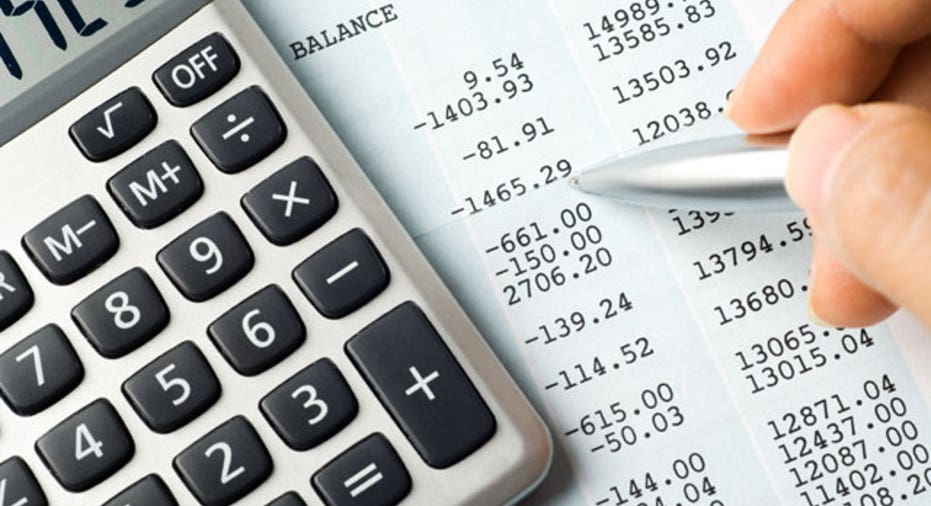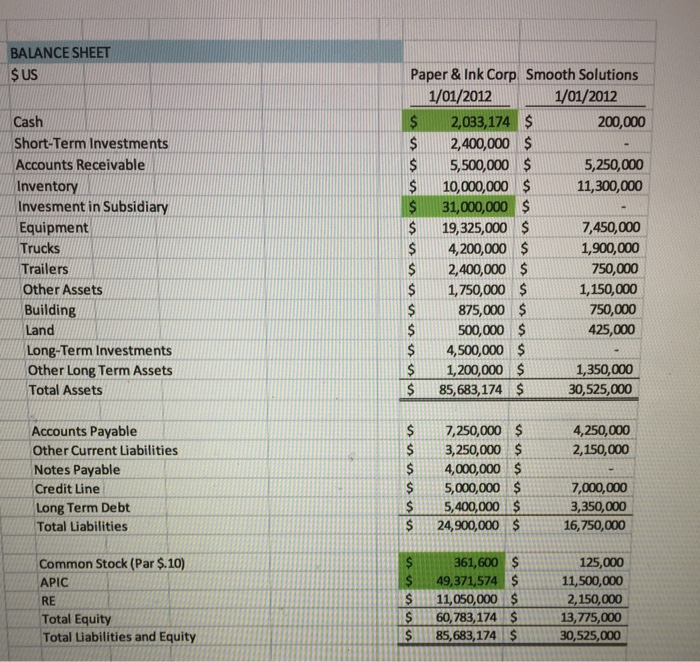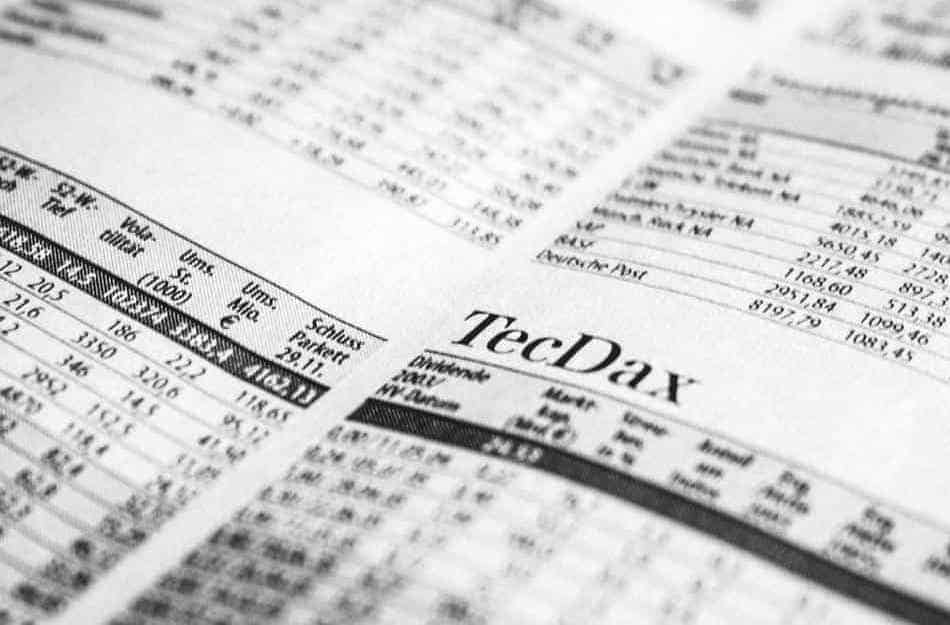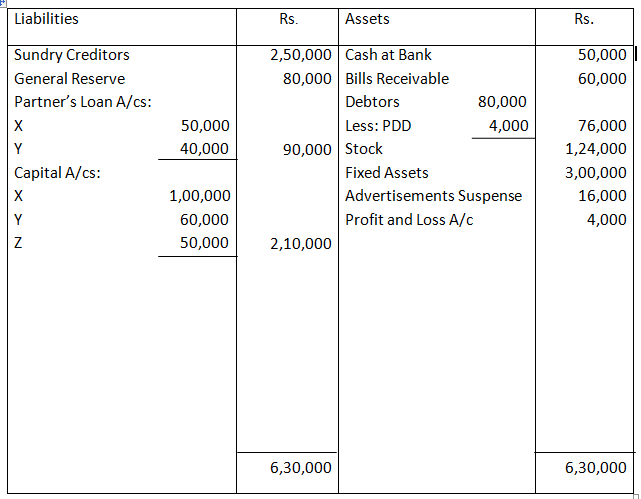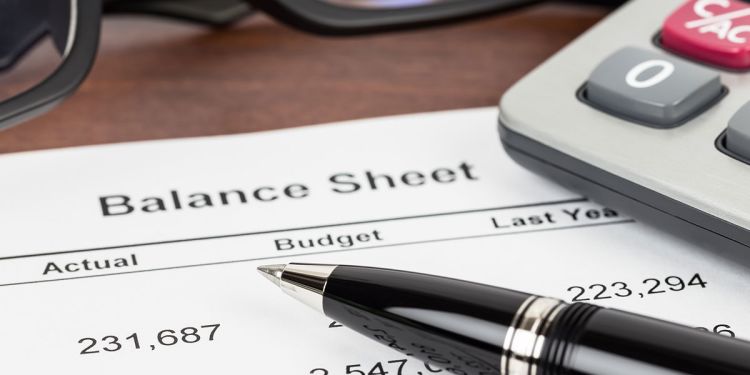A balance sheet is a financial statement that presents a company's financial position at a specific point in time. It is comprised of two main sections: assets and liabilities. The assets section lists the company's resources, such as cash, inventory, and property, while the liabilities section lists the company's debts and obligations, such as loans and accounts payable. The balance sheet is often referred to as a "snapshot" of a company's financial position because it provides a snapshot of a company's financial position at a specific moment in time.
One of the key features of a balance sheet is that it must balance. This means that the total value of a company's assets must equal the total value of its liabilities and equity. This is because a company's assets are financed either through debt (liabilities) or equity (the company's ownership stake). Therefore, if a company's assets are worth $100,000 and its liabilities are worth $60,000, then the equity section of the balance sheet must be worth $40,000 to balance the sheet.
There are two main types of balance sheets: the classified balance sheet and the unclassified balance sheet. The classified balance sheet is the most common and provides a more detailed breakdown of the assets and liabilities sections. It separates assets into current assets (those that are expected to be converted into cash within one year) and non-current assets (those that are expected to be held for more than one year). Similarly, it separates liabilities into current liabilities (those that are expected to be settled within one year) and non-current liabilities (those that are expected to be settled after one year).
The unclassified balance sheet, on the other hand, does not provide this level of detail. It simply lists all of the assets and liabilities without any distinction between current and non-current.
A balance sheet can be a useful tool for both investors and managers. Investors can use it to assess a company's financial health and determine whether it is a good investment. Managers can use it to identify areas of the business that need improvement and to make informed decisions about how to allocate resources.
In conclusion, the balance sheet is a vital financial statement that provides a snapshot of a company's financial position at a specific point in time. It is an important tool for both investors and managers, as it helps them to assess a company's financial health and make informed decisions about how to allocate resources.
